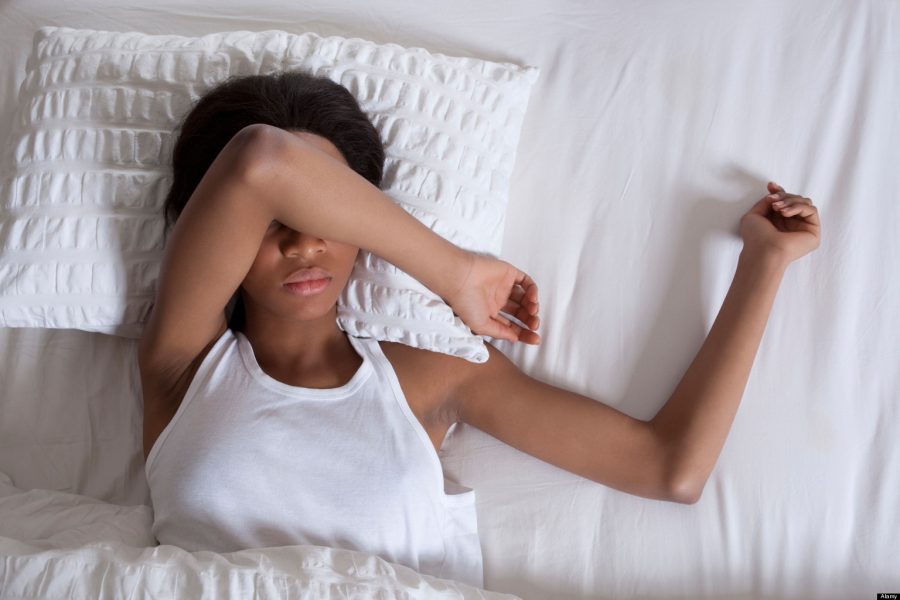A new investigation that included the analysis of the dreams of more than 40 persons showed investigators that the content of people’s dreams could no longer be a mystery. Each day, a person commonly has between four and six dreams. However, in most cases, the person is capable of remembering anyone of them. With this new study, that problem could be solved.
A team of investigators focused on the detection of patterns when observing the activity present in each region of the brain during sleep. For a long time, it was thought that dreaming occurred only during REM sleep, or Rapid Eye Movement sleep. This stage is characterized by activating a faster brain function that is even similar to the one present when people is awake.

The study proved that dreams can also happen during non-REM sleep, which came as a surprise for scientists that always thought dreaming was directly linked with REM sleep. It is a mystery that dreams and absence of ideas can happen during two different types of sleep in humans, said Francesca Siclari, co-author of the research from the University of Wisconsin-Madison in the U.S.
The enigma of dreaming is getting solved little by little
The analysis was oriented to determining which parts of the brain were activated when dreaming about specific things. The question was to identify the type of dream the person was having according to particular stimuli like seeing a face, hearing voices or perceiving any movement.
The brain activity recorded during a person’s sleep can offer hints about what the person is dreaming about since the study proved that when somebody dreams with faces, the part of the brain that is in charge of facial identification gets activated. On the same matter, when a person dreams with any movement, the part of the brain in charge of perceiving motion gets turned on.

Researchers have expressed the importance this investigation has regarding the explanation of dreams and therefore its objective analysis. Mark Blagrove, director of the sleep lab at Swansea University, has said that this article is astounding as it could be compared to the discovery of the relation between REM sleep and dreaming activity.
“It is a proof for the fact that dreaming really is an experience that occurs during sleep, because many researchers up until now have suggested that it is just something you invent when you wake up,” said Siclari. “Maybe the dreaming brain and the waking brain are much more similar than one imagined because they partially recruit the same areas for the same type of experiences.”
Study conduction: Mechanism, critics and the ‘hot zone’
The study, which was published Sunday in the journal Natural Neuroscience, gathered specialists from the U.S., the Netherlands, Switzerland, and Italy, to finally reveal several dreaming enigmas through experimentation methods.
Each one of the 46 participants had its dreaming sessions recorded with electroencephalograms, or EGG, to determine exactly how was the development of each brain activity. This method is a noninvasive procedure that consists of putting 256 electrodes in the head of the person for them to monitor each specific brainwave along with its size and speed.

The most common dreams were bicycle rides, geometrical shapes, and perfume smelling. After the person had explained the dream, the investigators proceeded to contrast that information with the one gathered in the EGG. According to Siclari, during the investigation period, there were more than 1,000 awakenings.
This procedure made authors of the study realize that dreaming is linked to a decrease in low-frequency activity and an increase in high-frequency activity in the area located precisely at the back part of the brain. This section of the brain was dubbed as the “posterior cortical hot zone,” and it is a region in charge of interpreting visual information and integrating different senses.
The study proved that this “hot zone” was active no matter the content of the dream, its length and even if it was during REM or non-REM sleep. What it does change in the REM sleeping is the high-frequency brain activity that increases in this specific type of sleep.
Robert Stickgold, an associate professor of psychiatry at Harvard Medical School, has stated that he doesn’t believe measuring the back part of the brain is a good way for defining and studying dreams. Stickgold, who was not involved in the survey, does acknowledge that this investigation is necessary regarding the analysis of consciousness.
“We’re using our brains the same way when we’re dreaming that we use [them] to carry out those same functions when we’re awake. What they’re really measuring is what’s happening before you wake someone up and the person remembers having been dreaming,” Stickgold said after the release of the study.
Source: Nature
